
Creative aging is a global movement, and the demographic phenomena behind it are happening in many countries beyond the United States. Today’s guest post on the Ad Summa blog comes from a leader in the UK’s creative aging movement, Dr. Virginia Tandy, who is currently an honorary research fellow at the University of Manchester and was formerly a museum director. She writes about her conversations with other women retired from leadership positions in the UK’s cultural sector, and shares some of their thoughts and questions on how museums can engage older adults.
The title of this short piece is taken from Diana Athill’s memoir and captures for me the sense of change we experience as we move into a third phase of life. In 2012, I set up an informal network for women leaders in the cultural sector based in the UK who, like me, were moving out of full-time work and into a new phase of their lives. High achievers, many of us were the first women to be appointed to the senior positions that we held. But when we got together, we found ourselves asking—who are we now?
Our new status posed a lot of questions for us. We struggled to find the words to describe our new selves. Helen Small’s observation in her book The Long Life that “our poverty of vocabulary about age does not assist our thinking” rang true for us.
We looked around for role models and found none. In wanting to remain active and visible were we breaking new ground again, just like we had in our working lives?
Skip over related stories to continue reading articleEveryone knows that who you consider to be old changes with your own age, and the images of older women that we were presented with, even in material created by the cultural sector, were not ones that we recognized. We are the “new old,” the product of the post-war baby boom, and far from ready to be seen as grateful dependent service users. Both the UK and the US have aging populations. In the UK, 18 percent of people are over sixty-five, in the US, 16 percent are; and as people are living longer these percentages are increasing. By 2020, there will be more people on Earth over sixty-five than under five.
In our own minds, we are still the dynamic women we were in our thirties and forties, but is that how others see us? For those of us who still want or need to work, how do older women fare in the workplace?
We know from our own experiences that attitudes about age are gendered:
“the craggy or wrinkled faces that signal mature wisdom in a bloke, but ‘past my use-by-date’ in a woman”
Women’s lifetime earnings are, on average, lower than men’s, and breaks for children or other caring responsibilities impact on savings and pensions. Health inequalities grow with age, and average mortality rates in the suburbs of a city like Manchester in the northwest of England, for example, show variations of seven years between poorer and wealthier neighborhoods. We are also the first “sandwich” generation: some of us are watching the next generation struggle with a much more uncertain future and helping out by caring for grandchildren, while still looking after elderly parents.
Through a conference at the University of Manchester in 2018, we brought together data and theory, experience and academia, to look at these issues together. We explored the experiences of older professional women, drawing on the disciplines of gerontology, sociology, business, and the arts. We looked at the complexity of the position of older women, our formative years and our current experience, and gave examples to provoke thinking about what our role can be and what needs to change.
But where are our professional organizations in this debate? What responsibility do they feel for their older and retired members who make up significant percentages of their membership? As museums are increasingly challenged by shrinking resources, are we celebrating older people, looking beyond the medical model of aging and making the most of what the “new old” have to offer?
Ageism separates out a group that, ironically, the majority of us will eventually join. Where is the imaginative pre-retirement course or the apprenticeship for those in their fifties and sixties to enable people to continue to work? How can those of us from the museum sector continue to contribute to the profession that we have spent our careers in? Can we overcome the unhelpful baby boomers vs. millennials model and look for intergenerational solutions?
We have lots of questions and observations about older people that are not just important for women. Museums’ provision is, in the main, planned and delivered by those of working age. It is hard to imagine the challenges of being older until you actually are.
Where are the structures for the third chapter of our lives—and with longer lifetimes, is there now a fourth stage to plan for as well?
Can we use our experience to support younger people who are making their way? Do they want our advice?
Where does our agency lie? Our full-time careers behind us, can we fearlessly speak truth to power and harness the “wise anger” that we have developed during our working lives?
Museums often focus on memory and reminiscence in their work for older people, but what about those of us who want to live in the moment?
We want a richer conversation about all these important issues, and to broaden the conversation beyond our own age group.
About the author:
Dr. Virginia Tandy OBE has a PhD in Museology from the University of Manchester and is an Honorary Research Fellow at the University’s Institute for Cultural Practices. The first Director of Culture for Manchester City Council (2008-2011) and the first female Director of Manchester City Galleries (1998-2008), she was a trustee of the Heritage Lottery Fund from 2009-2015. A former President of the Museums Association (2006-2008) and the founder of the Women Leaders in Museums network, she is a member of the board of National Museums Liverpool and sits on the Fabric Committee for St Paul’s Cathedral.
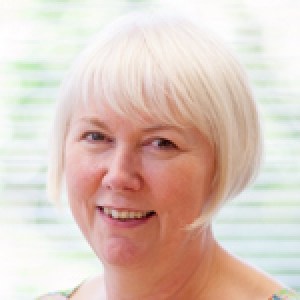



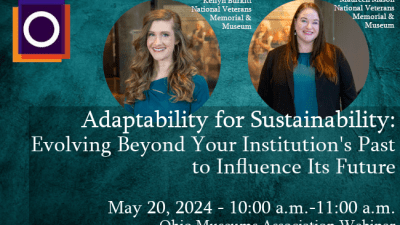
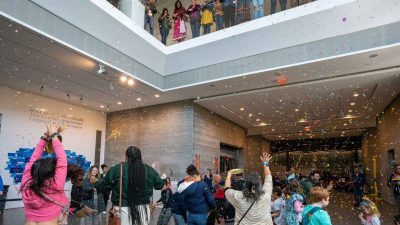
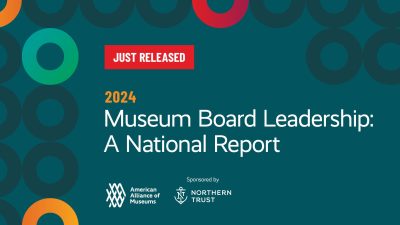
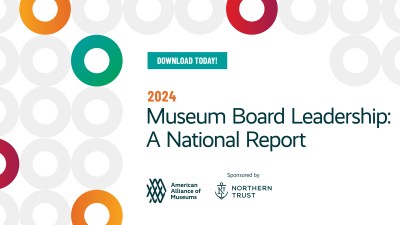

Comments